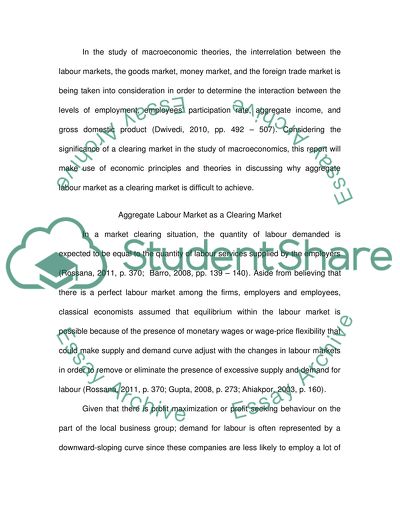Cite this document
(“Macroeconomic Stabilisation in Regards to Labor Market Essay”, n.d.)
Retrieved from https://studentshare.org/macro-microeconomics/1416238-macroeconomic-stabilisation-in-regards-to-labor-market
Retrieved from https://studentshare.org/macro-microeconomics/1416238-macroeconomic-stabilisation-in-regards-to-labor-market
(Macroeconomic Stabilisation in Regards to Labor Market Essay)
https://studentshare.org/macro-microeconomics/1416238-macroeconomic-stabilisation-in-regards-to-labor-market.
https://studentshare.org/macro-microeconomics/1416238-macroeconomic-stabilisation-in-regards-to-labor-market.
“Macroeconomic Stabilisation in Regards to Labor Market Essay”, n.d. https://studentshare.org/macro-microeconomics/1416238-macroeconomic-stabilisation-in-regards-to-labor-market.


